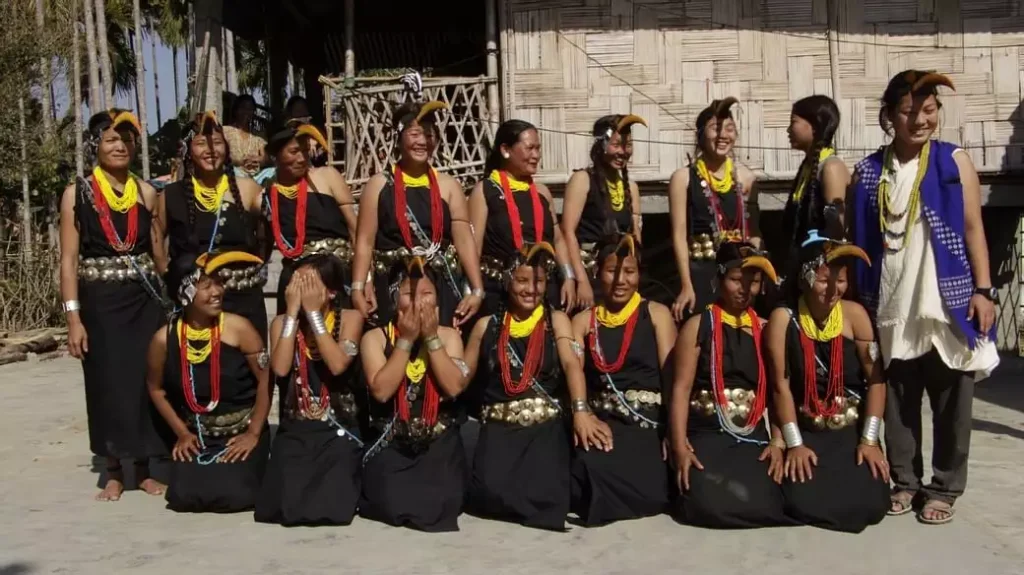The 9th edition of the Pakke Paga Hornbill Festival (PPHF), a state festival of Arunachal Pradesh, was recently organized at Seijosa in the Pakke Kessang district.
About Pakke Paga Hornbill Festival (PPHF):
- The annual festival focuses on wildlife conservation, with a particular emphasis on hornbills and was declared a state festival.
- The aim was to recognise the role played by the Nyishi, largest tribal group in Arunachal Pradesh in conserving hornbills in Pakke Tiger Reserve (PTR).
- The Nyishi had formerly hunted hornbills and used their bills to craft traditional headgear, but later turned hornbill conservationists.
- It was also to raise alternative sources of income for the region and to create awareness in the rest of India about the wonders of PTR and its surrounding areas.
- The theme for 2024 is ‘Domutoh Domutoh, Paga hum Domutoh’ (Let Our Hornbills Remain) in the Nyishi language.
About the Hornbills of Pakke Tiger Reserve:
- Four species of hornbills, Wreathed, Great Indian, Oriental Pied, and Rufous-necked are found in the PTR of Arunachal Pradesh.
- Wreathed Hornbill (Vulnerable): It has a striking mix of black and white plumage, distinctive yellow bill and a conspicuous casque on top.
- Great Indian Hornbill (Vulnerable): It has an imposing size and prominent yellow and black casque, dark plumage and vibrant, contrasting colors.
- Oriental Pied Hornbill (Least Concern): It showcases a black-and-white ensemble with a distinct casque, and large, white-tipped wings.
- Rufous-necked Hornbill (Vulnerable): It is distinguished by chestnut-colored neck, contrasting with black and white plumage.
About Pakke or Pakhui Tiger Reserve (PTR):
- It is located in the East Kameng district of Arunachal Pradesh and among the three tiger reserves of the state.
- It is surrounded by Tenga Reserve Forest (north), Doimara Reserve Forest, Kameng River, and Eaglenest Wildlife Sanctuary (west), Nameri National Park and Tiger Reserve (south) and Papum Reserve Forest (east).
- The landscape has high species diversity and endemicity as it forms the transition zone between the Indian and Malayan eco-regions.
- Forest Type: Lowland semi-evergreen, evergreen forest and Eastern Himalayan broadleaf forests.
- Fauna: Tiger, clouded leopard, Himalayan black bear, binturong, elephant, gaur, bison, yellow-throated Martin, Malayan giant squirrel, rhesus macaque, Assamese macaque, etc.
- Flora: Epiphytic flora, woody lianas, False Hemp Tree, Swingle (Tree of Heaven), karnikara tree, etc.
Ref: Source
| UPSC IAS Preparation Resources | |
| Current Affairs Analysis | Topperspedia |
| GS Shots | Simply Explained |
| Daily Flash Cards | Daily Quiz |





![[Ref- Research Gate]](https://iastoppers.in/wp-content/uploads/2024/06/map-ias-toppers-1.webp)